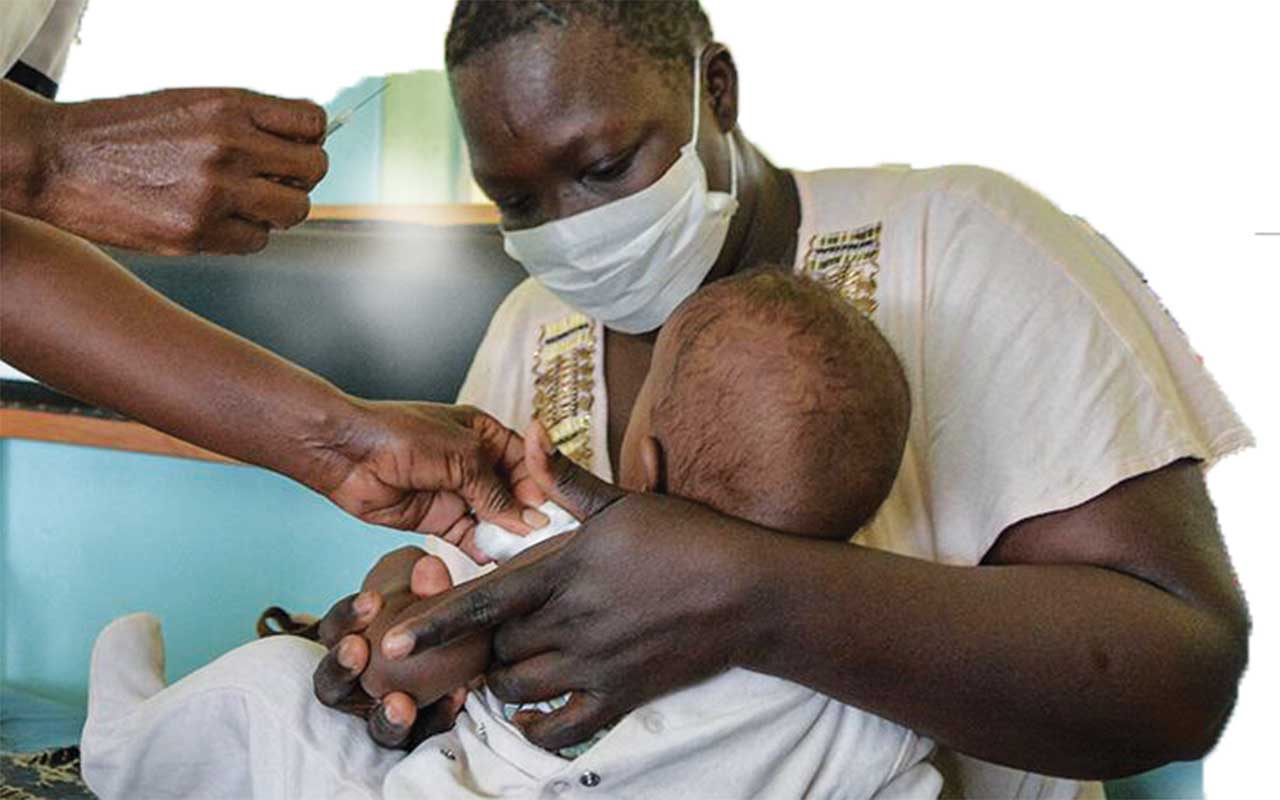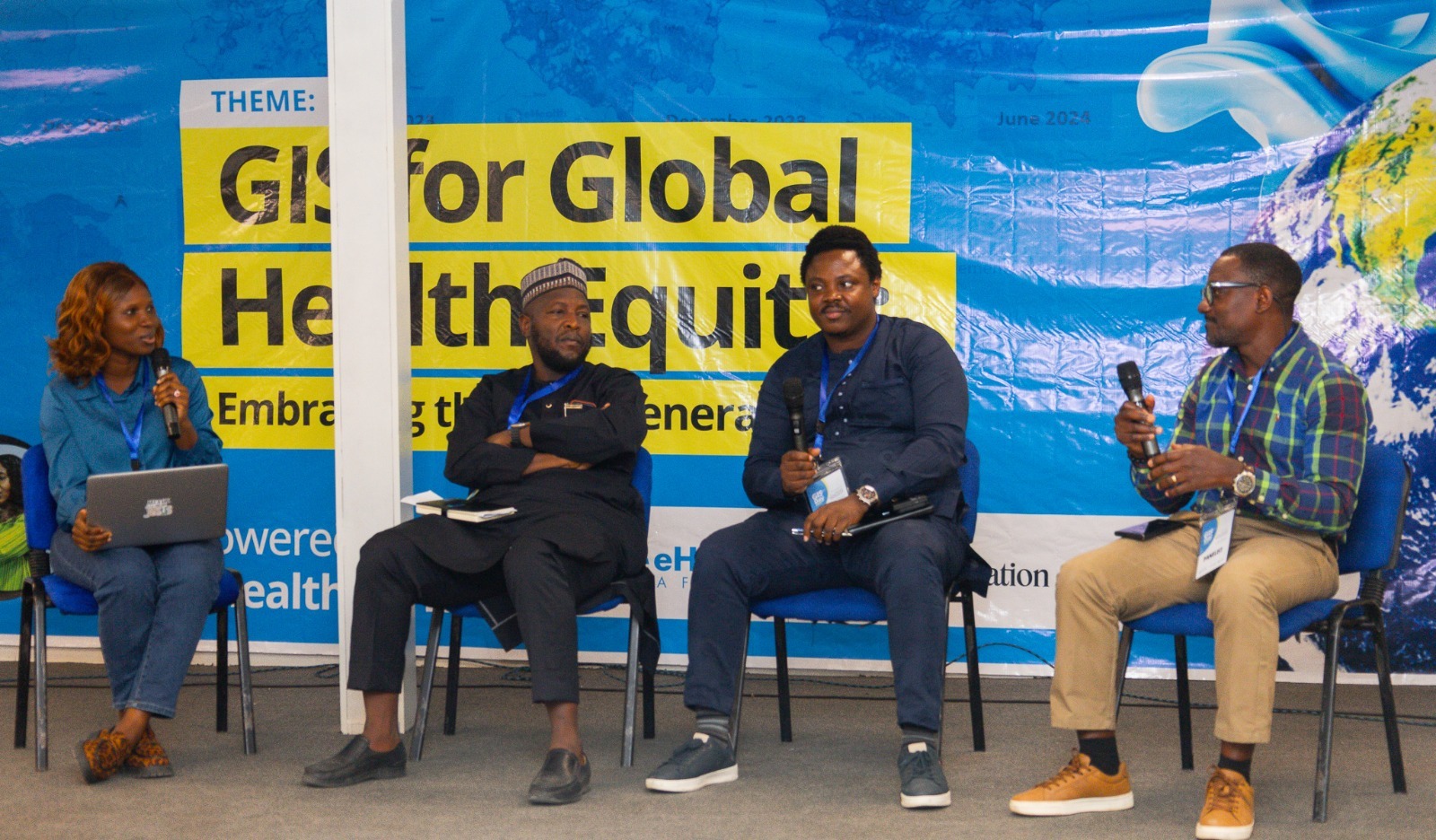Seeks urgent action as ciprofloxacin resistance reaches 95% globally
The World Health Organisation (WHO) has raised alarm over a rapid surge in drug-resistant gonorrhoea and warns that the sexually transmitted infection is becoming harder to treat as resistance levels climb sharply.
The organisation said new data from its Enhanced Gonococcal Antimicrobial Surveillance Programme (EGASP) show widespread resistance to multiple antibiotics, including a 95 per cent resistance rate to ciprofloxacin globally.
According to WHO, the latest findings were released to mark World Antimicrobial Resistance (AMR) Awareness Week, a period dedicated to drawing global attention to the escalating threat of drug-resistant infections.
The agency reported a sharp rise in resistance to ceftriaxone and cefixime, the primary antibiotics used to treat gonorrhoea, between 2022 and 2024. Ceftriaxone resistance increased from 0.8 per cent to five per cent, while cefixime resistance jumped from 1.7 per cent to 11 per cent within the same period. Resistance to azithromycin remained stable at four per cent, while ciprofloxacin resistance reached 95 per cent.
WHO explained that EGASP, launched in 2015, collects clinical and laboratory data from sentinel sites across various regions to track antimicrobial resistance (AMR) trends and guide treatment recommendations.
The organisation noted expanded global participation in surveillance efforts, with 12 countries across five WHO regions submitting data in 2024, up from just four in 2022. It added that this increase reflects a growing commitment among countries to track and contain the accelerating threat of drug-resistant STIs. More than half of all symptomatic gonorrhoea cases in men (52 per cent) were reported from countries in the WHO Western Pacific Region, while countries in the WHO African Region accounted for 28 per cent.
Data from EGASP further revealed a median patient age of 27 years, with cases ranging from 12 to 94 years old. WHO said 20 per cent of infections occurred among men who have sex with men, and 42 per cent of patients reported having multiple sexual partners within the preceding 30 days. Eight per cent had used antibiotics recently, while 19 per cent had travelled shortly before diagnosis—factors that can contribute to the spread of resistant strains.
The Director of the WHO Department for HIV, TB, Hepatitis & STIs, Dr Tereza Kasaeva, described the surveillance programme as essential to protecting global health. She said the growing resistance patterns underscore the urgency of strengthening STI surveillance systems worldwide. Kasaeva urged countries to prioritise monitoring and integrate gonorrhoea surveillance into national STI programmes to curb the spread of resistant strains.
On advances in genomic surveillance, WHO disclosed that nearly 3,000 samples were sequenced across eight countries in 2024 as part of efforts to better understand the evolution of resistance. The agency added that landmark studies on new treatment options such as zoliflodacin and gepotidacin, and research on tetracycline resistance, were conducted through its Collaborating Centre on AMR in STIs in Sweden. These studies, it said, will inform future control strategies, including the development of doxycycline-based preventive approaches.
Despite these advancements, the WHO acknowledged that significant challenges persist, including limited funding, incomplete reporting, and data gaps, particularly for women and extragenital infection sites. The organisation called for increased investment in national surveillance systems to sustain and strengthen global efforts to monitor and combat gonococcal antimicrobial resistance.






